The bench press is a proven exercise for building the chest muscles and is one of the primary compound movements beginners and advanced gym-goers are familiar with. But for some of us, it might be time to introduce a different variation, whether to stimulate a lagging portion of our chest muscles, reduce shoulder stress or improve the strength of our lifts.
I want to first say that I am not making this video to REPLACE the flat bench but rather to introduce some of the benefits decline might have for those who have struggled with flat bench, whether it’s shoulder impingement, back injury or just an overall stagnation in the movement itself. Personally, I think a compound movement like the bench is fantastic for mass building of the chest, but for some people, the flat bench might not work effectively. As we’re all different individuals, one variation might yield better results over another.
Varying Angles
Getting started, let’s address how different angles of the bench press affect the target muscle group. If you weren’t previously aware, the pectoralis major or, the pecs, are activated in the eccentric and concentric motion of the bench press. But depending on the angle, parts of the pectorals are more activated than others. To be clear, this does not mean that one portion of the chest can be isolated from one another. Rather, more emphasis can be placed on a different portion. For instance, a 2015 study of healthy, resistance-trained males showed that a 30-45- degree angle incline press activated the clavicular head of the pectoralis (or the upper portion of the chest) more than the flat. The conclusion is that if you are trying to emphasize your upper chest, the incline press has proven to stimulate the most growth in that area.
Conversely, the same study showed that at a neutral or -15 degree angle of the bench press, the lower portion of the pectoralis major was activated more. This is generally the portion of the chest most guys struggle to develop. Interestingly, the flat bench was also shown to consistently target the upper chest in the eccentric portion of the movement. If the flat and incline bench can seemingly target the entirety of the chest, it’s little wonder why most would neglect the decline as an unnecessary movement in their routine. Yet for some of us—myself included—the flat bench still leaves a lot to be desired in the pursuit of strength, size and the overall ability to recover without lingering shoulder pain.
Shoulder Pain
A lot of us experience shoulder pain in one or both of our deltoids and if left unattended, it can sideline us as the pain builds. This is pretty obvious because our anterior deltoids (or the front portion of our shoulders) are recruited to help us in the bench press. But with negligence in proper form or a drastic increase in weight, it becomes easy to shift the stress onto our deltoids. However, what’s interesting is how involved the shoulders can be based on the angle you choose to adopt on the bench press. Several studies have indicated that the “anterior deltoid displayed significantly greater muscle activation during the complete contraction of the 30-45 degree bench conditions.”
On the other side of the spectrum, muscle activation of the anterior deltoid was least during the decline bench when compared to the flat or incline, placing most of a focus on the chest. Scientifically, this makes sense and provides proof. But anatomically, it’s far easier to visualize. If you’re starting off on a flat bench and gradually increase the upward angle, you’ll eventually adopt a shoulder press position. If you lower the angle relative to the neutral position, the bottom of your chest is positioned in front of your deltoids. From this perspective, it becomes clearer how decline can benefit the growth of the lower chest. I do want to clarify that none of these variations will “remove” the help your shoulder provides in this lift. It’s not possible as the shoulder is a secondary concentric mover. But the decline bench will help alleviate more of the stress that we might naturally slide into our deltoids. Without sounding cheesy, I guess you could say we don’t want our shoulders to “shoulder” most of the burden.
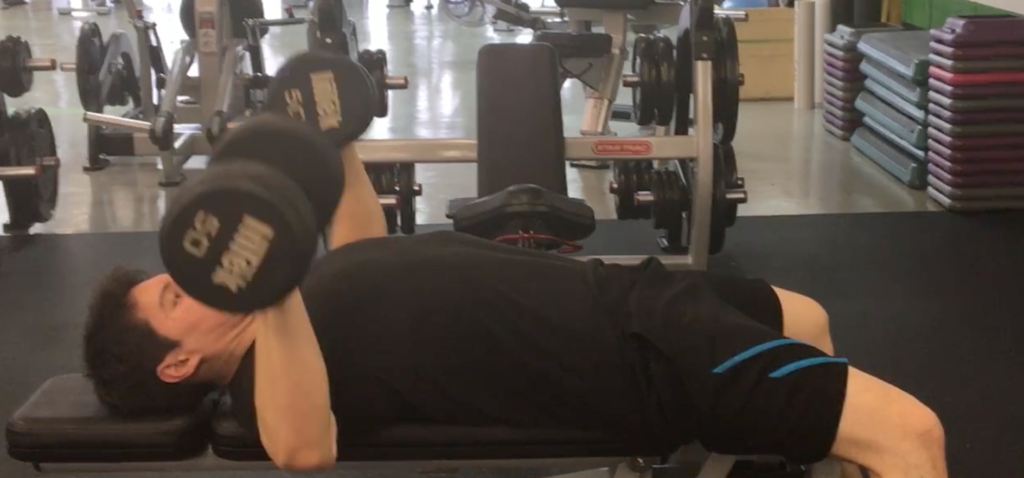
0 Degrees 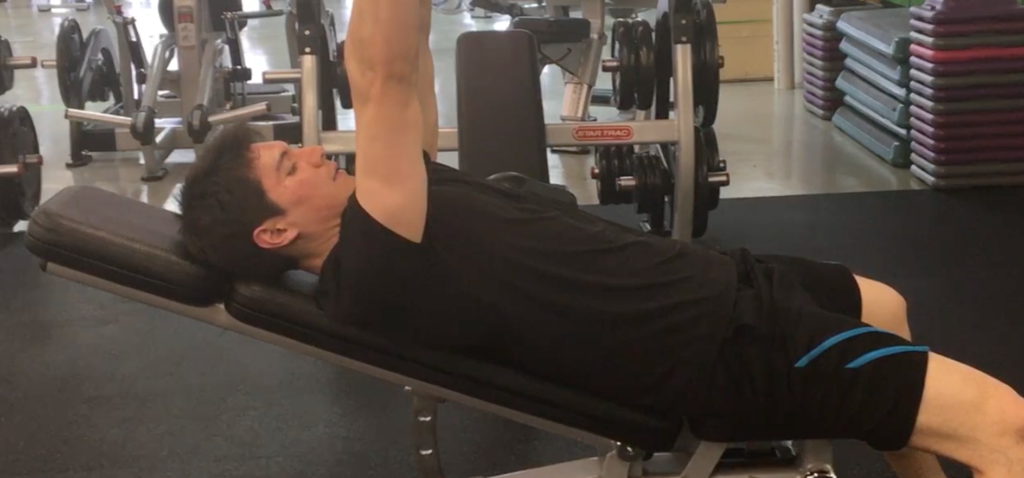
30 Degrees 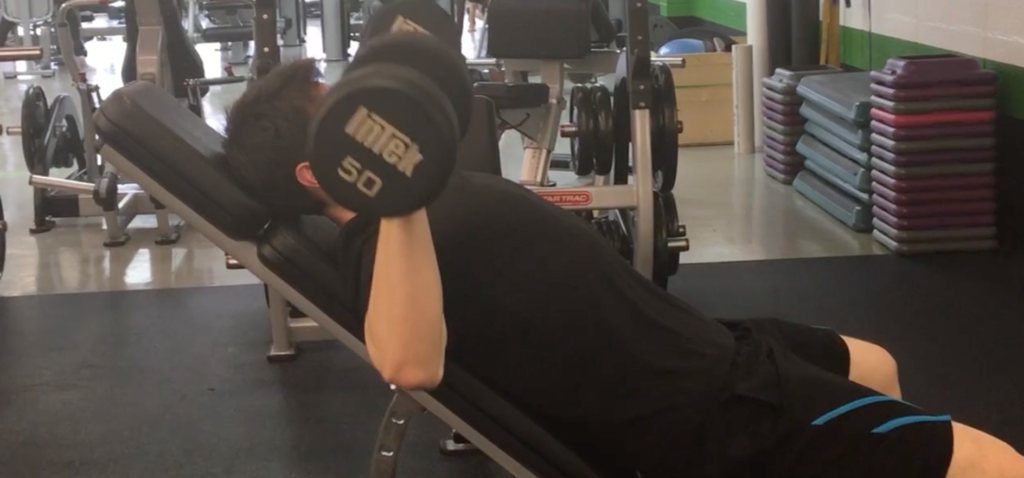
50 Degrees 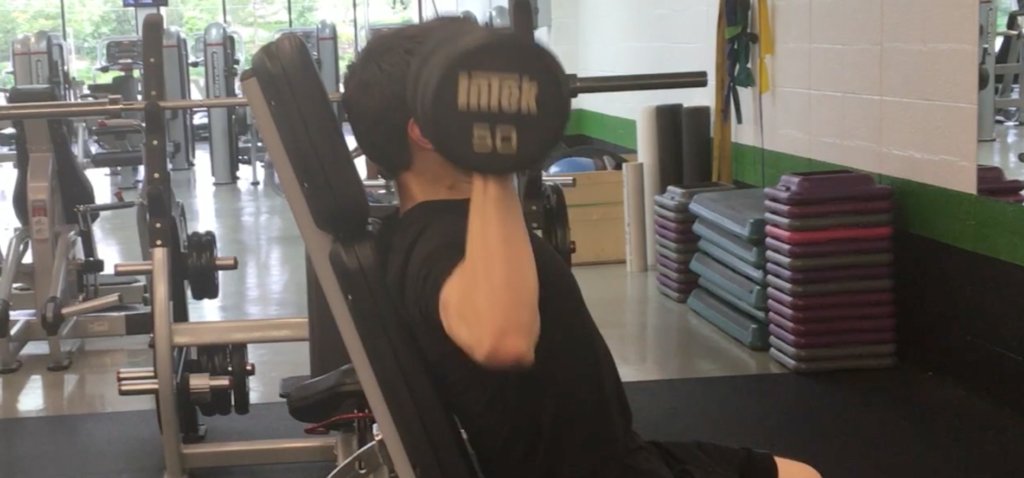
70 Degrees
Strength
Next, let’s talk about strength. While the saying “leave ego at the door” rings truer to me now, more than ever, there’s no reason we shouldn’t be excited to hit a new PR as we apply the principle of progressive overload. Studies have cited that participants’ one-rep max for the Decline was “1.25 times their body weight, as opposed to 1.07 to incline and 1.17 for the flat.” For instance, a 165lbs athlete meant a 30-pound difference in the weight lifted between the incline and decline. If the principle of progressive overload can be applied to the decline bench movement, then it’s clear that the ability to lift much heavier weight would make this the most optimal position to stimulate growth of the lower chest. However, the benefit of reducing the stress on your shoulder and directing more of the weight to your chest should be seen as a prime opportunity to develop a mind-muscle connection as it pertains to your ability to lift more weight. Focusing on actually squeezing the muscle at the concentric portion of each lift allows you to “feel” the pecs work and build a long term awareness of your mind recruiting your muscles.
How To Perform The Exercise
- Lie on a decline bench and grasp the bar with a shoulder-width grip. If your gym doesn’t have a decline bench, you can generally use a weight bench at the squat rack.
- Tuck your elbows in slightly so that they are not flaring out and retract your shoulders blades as if you want them to touch. This will help stabilize your shoulders and will elevate your sternum
- Keep your glutes firm on the bench and maintain a natural arch in your lower back.
- Inhale and lift the barbell and bring it down right to the bottom of your lower chest, making sure your elbows do not flare out gradually.
- From there, exhale as you push back up and make sure to really squeeze the pectorals to establish that mind-muscle connection.
Summary
The flat and incline bench are proven compound movements that help build the strength and size of your chest. But if you’ve stagnated recently in strength or have experienced lingering shoulder impingement and pain, the decline bench press might just be the change you’re looking for. At the end of the day, I’m not suggesting that you replace either the flat or the incline. But it’s a nice alternative to those who might have been struggling in the same way I was. For those who are curious about this generally neglected equipment, hopefully, this video has shed some light upon it. We’re all different and what might work for one person might not be optimal for another. But adding variety to your daily workout routine will only help expand your repertoire of movements. This variety will not only keep you engaged in the gym but also help keep your body responsive.

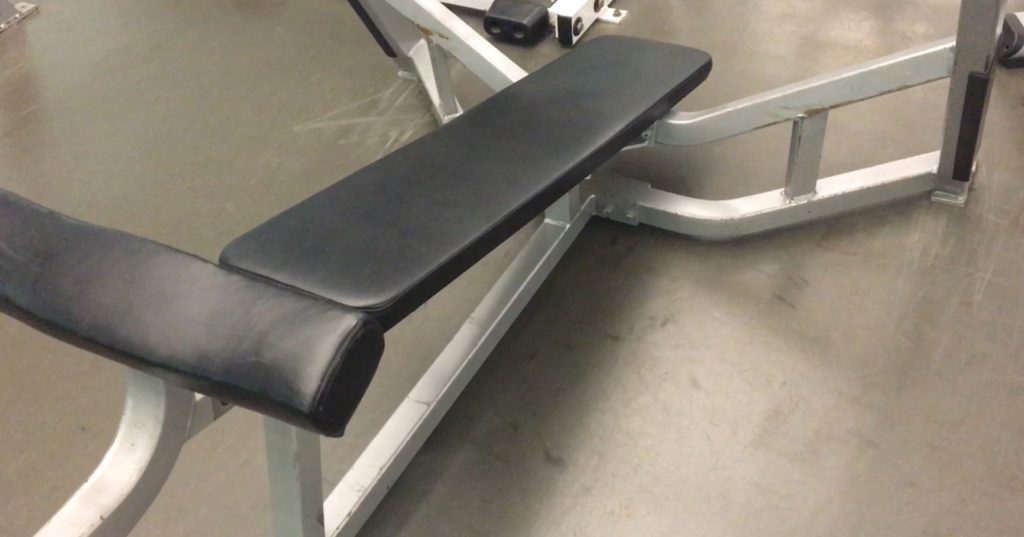
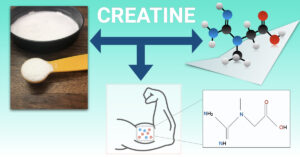



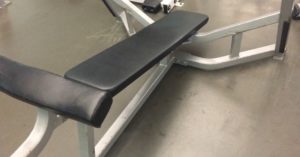
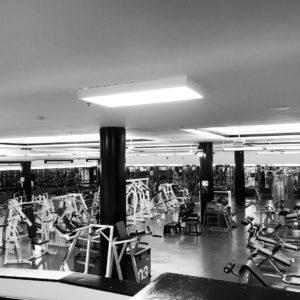

1 thought on “The Decline Bench Press”
Interesting take on the decline bench press.